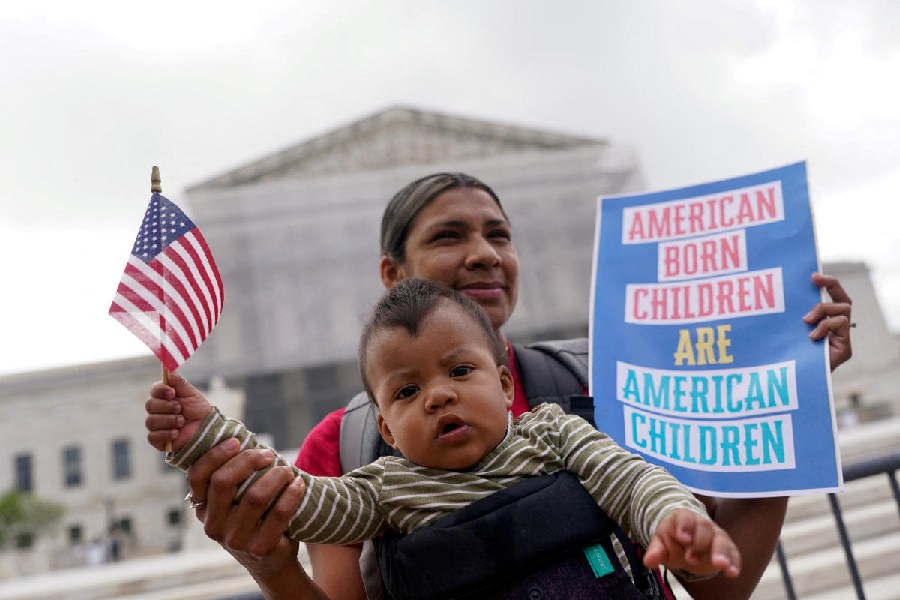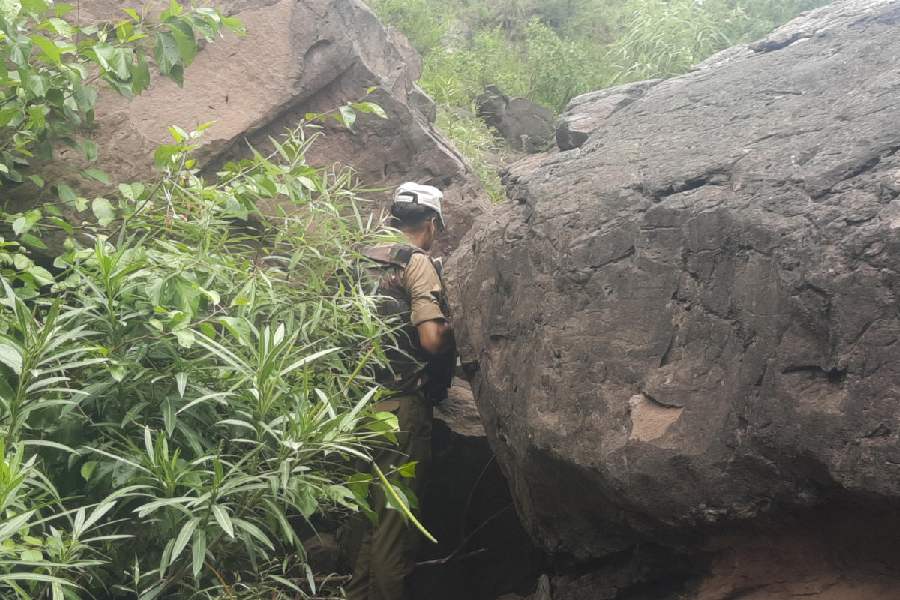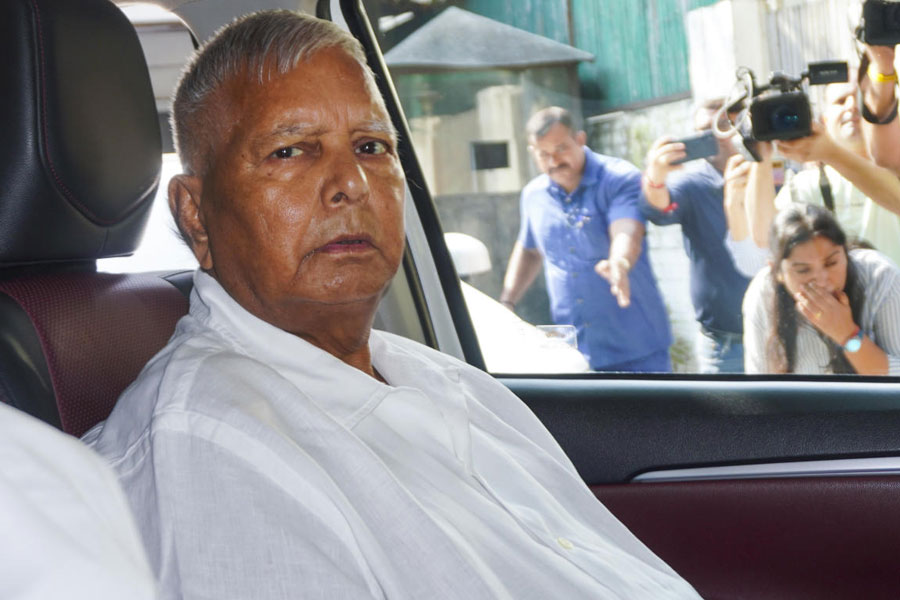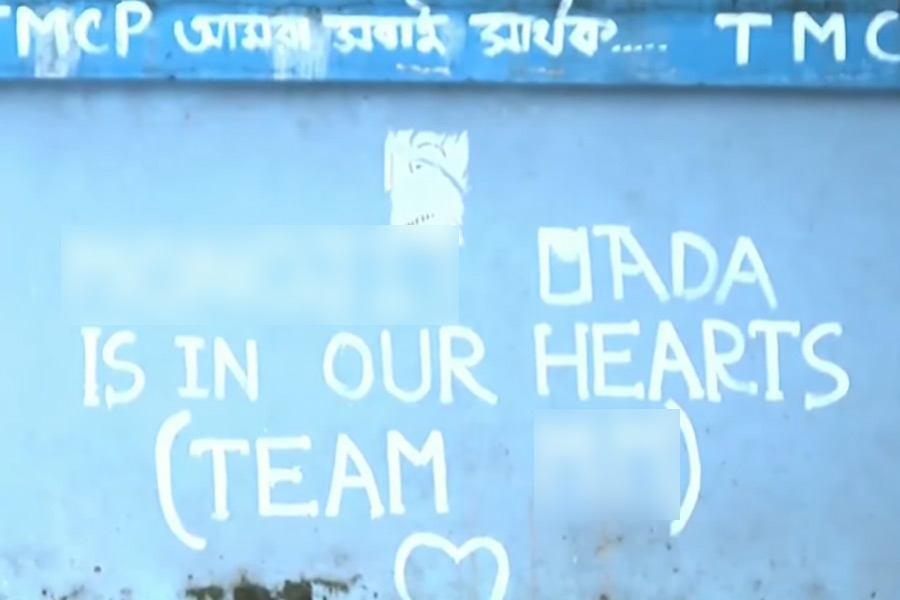 |
 |
 |
| Doll marriage proceedings take place in Balasore. Pictures by Sibdas Kundu |
Balasore, May 30: Hundreds of people witnessed the marriage of a pair of lacquer dolls, Jayanta and Usha, which was solemnised here yesterday.
The date for tying the nuptial knot had earlier been fixed at a temple in Sahadevkhunta. After showering their blessings on the newly-weds, the people took part in a feast that had been arranged by the groom’s side.
The marriage was a five-day affair organised by members of the civil society for the first time involving an expenditure of several lakh rupees to popularise the indigenous lacquer works of undivided Balasore district, which is virtually going extinct.
“Legend has it that Jayanta was the grandson of Lord Krishna and Usha, the daughter of the mighty demon Banasur, who is believed to have ruled this district.
“The name Balasore has been derived the demon’s name,” said Biswanath Rana, a bank officer and culture lover.
For the marriage between a pair of lacquer dolls or jau kandhei, art and culture organisation Baleswari Kala Kendra (BKK) played an instrumental role in the preparations. Invitation cards were also distributed.
The procession (baraat), which took off from Public School near the collector’s residence, with traditional drum beats, pipers, folk dance and fireworks, reached the bride’s house located 2km away.
“I was asked to play the role of the groom’s mother. It is a part of the marriage where the expenditure is shared collectively,” said Subasini Jena, president of Rotary’s Inner Wheel Club, Balasore, adding that the reception dinner (priti bhojan) would be held on Tuesday at the school.
The symbolic marriage between a pair of dolls was held following traditional Hindu marriage rituals. “Priests from both sides performed the marriage rituals,” said Bhagban Mohini, president of Sahadevkhunta Club, who acted as the bride’s father.
BKK director Kesu Das said plans to conduct mass marriages for the poor next year onwards.
The inaugural function was attended by district collector Akhil Bihari Ota, vice-chancellor of Fakir Mohan University Kumarbar Das and several prominent personalities from different walks of life.
“It is a positive approach by the people of a culturally and educationally vibrant district to revive an indigenous art work which is losing its relevance,” Das said.
“It is a collective effort made by the people of various sections of society.
“Their interest is, in fact, an encouraging trend for the revival of lacquer works,” said Ota, who also encouraged the event by putting up some informative stalls of district administration at the marriage venue.










